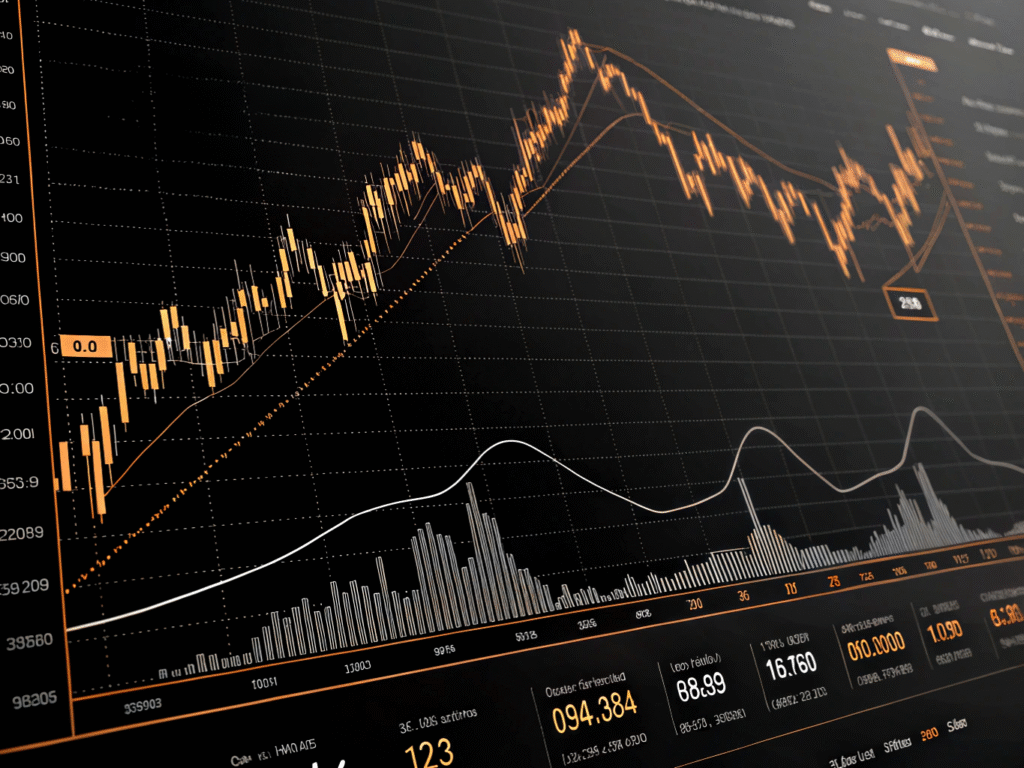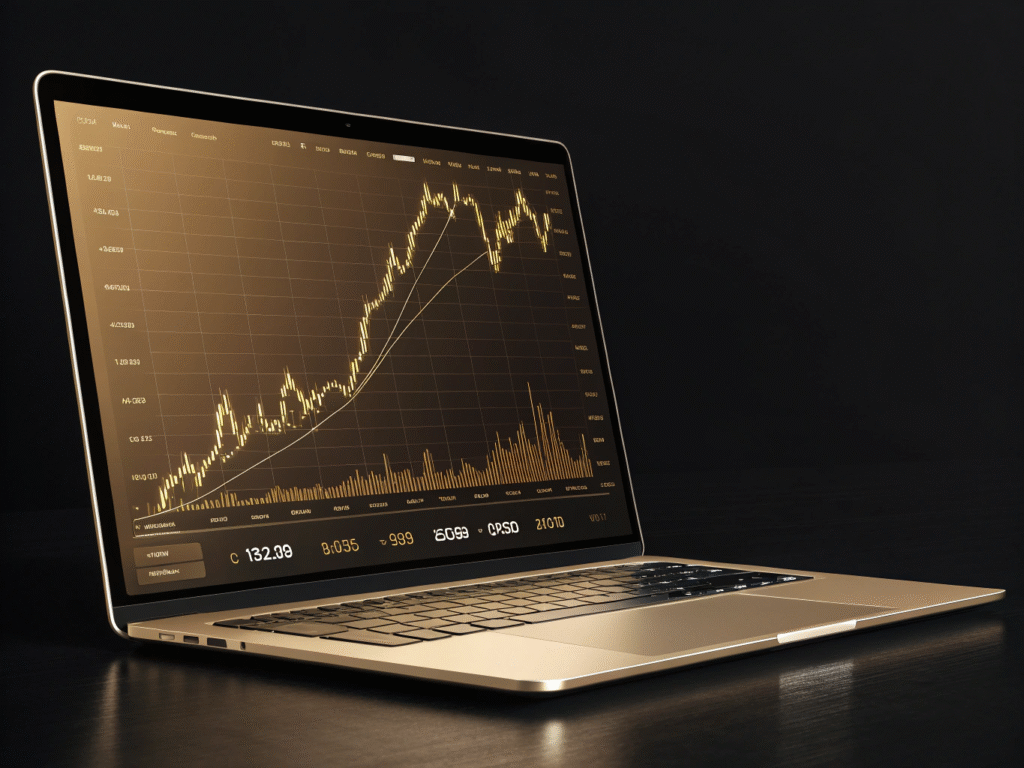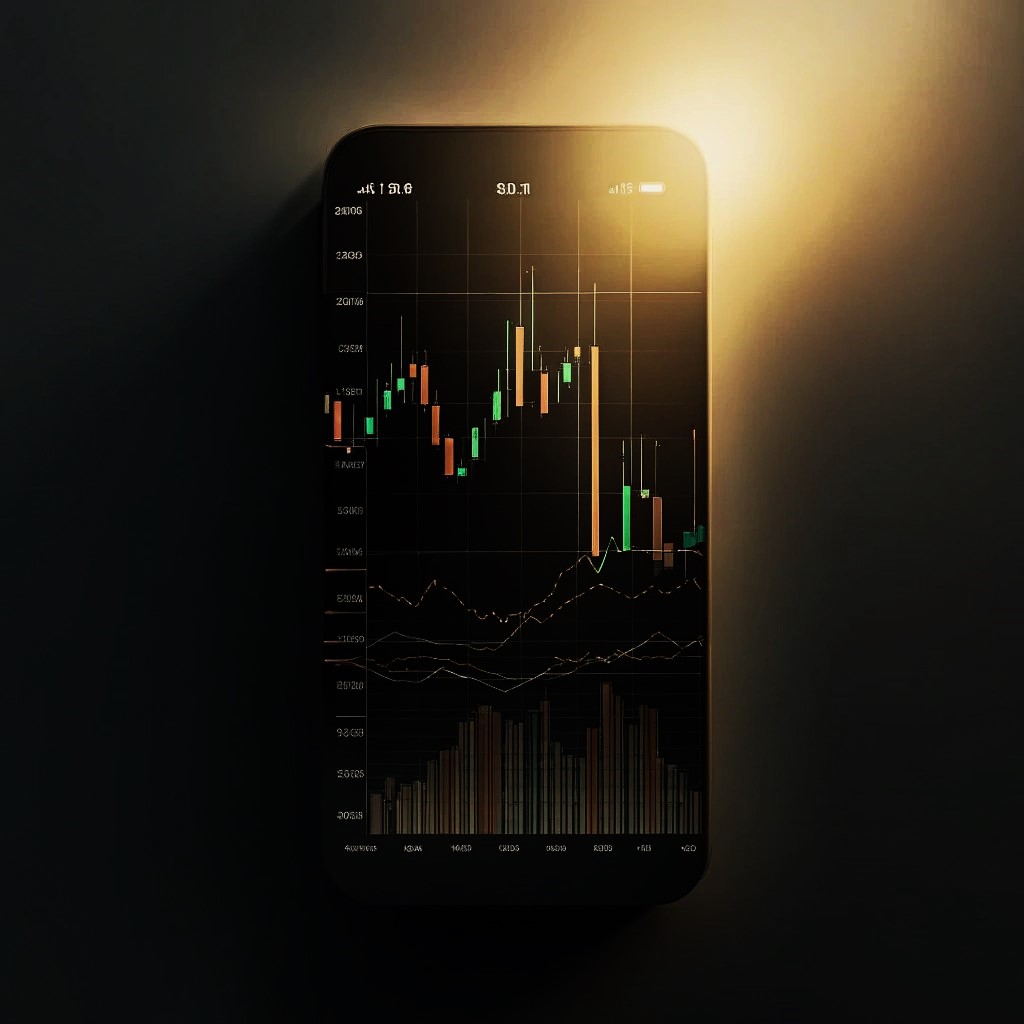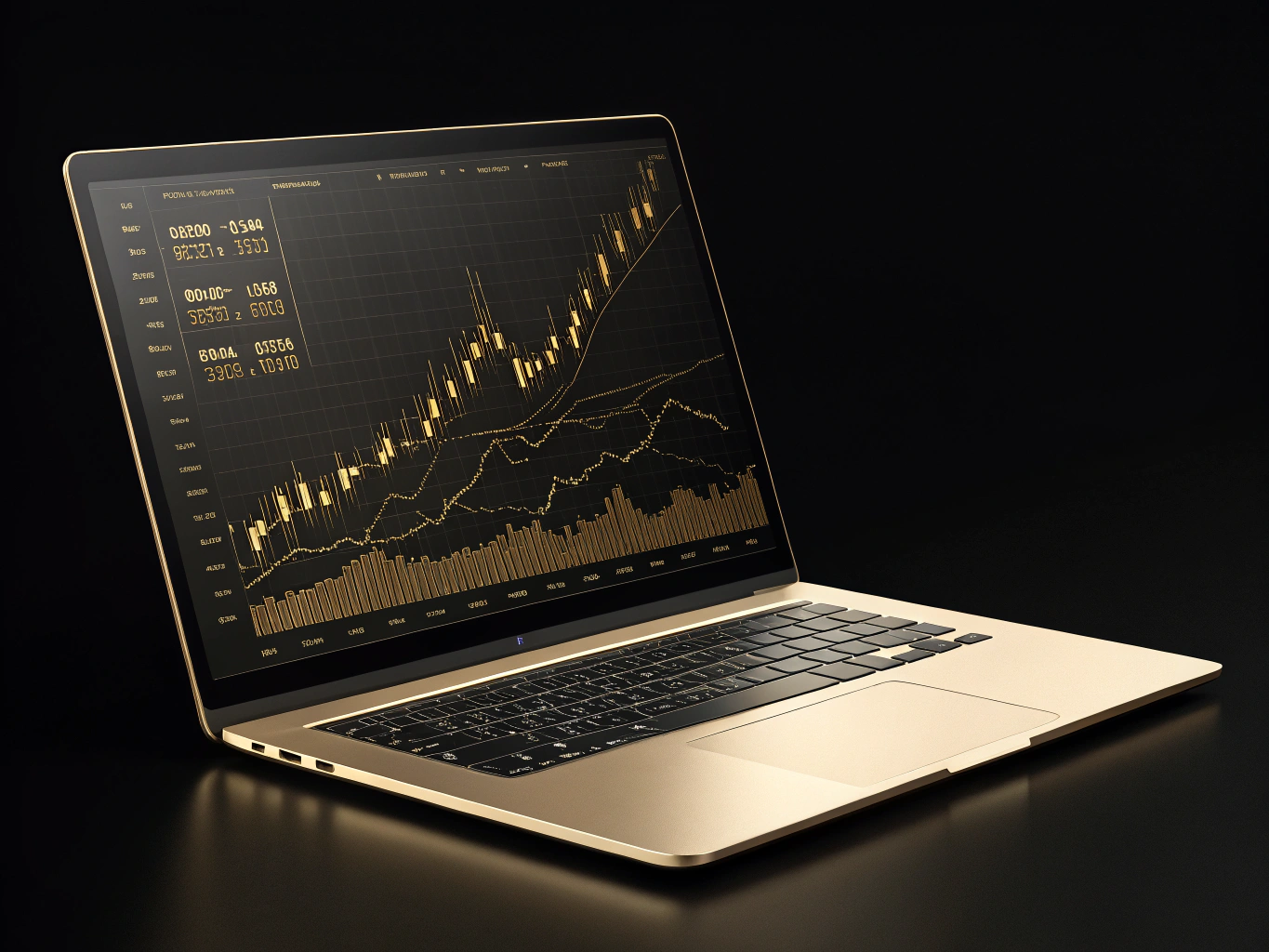Gold pip analysis lies at the heart of risk management, position sizing, and tactical decision‑making. By mastering pip mechanics, traders and investors can navigate volatile XAU/USD swings with greater confidence and precision.
WHY GOLD PIPS MATTER
Gold’s micro‑price ticks — pips — may appear trivial in isolation, yet cumulatively they define trade outcomes. Whether you’re scalping tiny increments or holding for broader trends, pip comprehension shapes profit targets, stop‑loss placement, and overall risk exposure.
Defining a Gold Pip
In most trading platforms, one pip in XAU/USD equals a $0.01 change in price. On a standard 100‑ounce lot, each $0.01 move equals $1. For mini (10 oz) and micro (1 oz) lots, values scale down proportionally. Knowing this granular conversion prevents sizing mistakes when scaling positions.
Profit and Loss Sensitivity
Imagine a standard‑lot trader entering at $1,950.00 and exiting at $1,951.50—this 150‑pip gain nets $150. Conversely, a 50‑pip adverse swing costs $50 per lot. Multiply by multiple lots or leverage levels, and what seems minor can quickly inflate into four‑ or five‑figure gains or losses.
Comparison with Forex Pips
Typical Forex pairs quote pips at the fourth decimal (0.0001). Gold quotes use two decimals, aligning pip value with larger nominal moves. Confusing these conventions can lead to 10× or 100× miscalculations in P&L forecasts, undermining strategy integrity.
HOW TO CALCULATE GOLD PIP VALUES
Accurate pip‑value computation is non‑negotiable. It underpins stop‑loss sizing, profit‑target setting, and margin requirements. A systematic approach avoids guesswork and fosters disciplined trading.
Core Formula Explained
Pip Value = Pip SizeSpot Price×Position Size (oz) \text{Pip Value} = \frac{\text{Pip Size}}{\text{Spot Price}} \times \text{Position Size (oz)}
Where pip size = $0.01 and spot price = current XAU/USD rate.
Lot Size and Leverage Effects
| Lot Type | Ounces (oz) | Leverage Example | Pip‑Value Multiplier |
| Standard | 100 | 1:20 | ×100 |
| Mini | 10 | 1:50 | ×10 |
| Micro | 1 | 1:100 | ×1 |
Higher leverage amplifies margin usage but does not change the pip‑value formula; it magnifies P&L and margin calls.
Real‑World Calculation Examples
-
Standard Lot at $1,800/oz
Pip value = (0.01 / 1,800) × 100 = $0.56
-
Mini Lot at $2,100/oz
Pip value = (0.01 / 2,100) × 10 = $0.0476
By maintaining a simple spreadsheet or using broker‑provided pip calculators, you can instantly adjust for live price updates.
GETTING STARTED WITH GOLD PIP ANALYSIS

Equipping your toolkit minimizes errors and accelerates opportunity recognition. Before risking real capital, ensure your environment aligns with pip‑centric workflows.
Choosing the Right Broker Platform
-
Transparent Pricing: Brokers should clearly define pip conventions (two‑decimal vs one‑decimal).
-
Tight Spreads: Lower raw spreads reduce costs on each pip movement.
-
Fast Execution: Instant fills prevent slippage beyond intended pip levels.
-
Pip‑Calculation Tools: Built‑in calculators or API access streamline risk assessments.
- Integration with Social Trading Platforms: Some brokers offer connectivity with social trading platforms, allowing traders to follow and copy the strategies of experienced traders.
Setting Up Chart Tools
-
Grid Overlays: Configure charts with $0.01 gridlines to visualize pip increments.
-
Range Bars: Use range‑bar charts that plot fixed pip ranges instead of time, highlighting small swings.
-
Drawing Tools: Mark pip‑based support/resistance levels to anticipate reaction points.
Automating Alerts for Pip Moves
-
Price Alerts: Trigger notifications on every 5, 10, or 20‑pip movement.
-
Conditional Orders: Pre‑set limit and stop orders at pip‑precise levels.
-
Third‑Party Plugins: Leverage platform plugins or custom scripts to log pip‑by‑pip P&L snapshots.
STRATEGIES BASED ON GOLD PIP MOVEMENTS
Pip‑focused tactics range from ultra‑short scalps to multi‑day swings. Tailor your approach to fit capital, time commitment, and market regime.
Scalping for Micro‑Pip Gains
-
Target: 2–5 pips per trade.
-
Timeframe: Seconds to minutes.
-
Requirements: Lowest possible spreads, sub‑millisecond order routing, direct‑market‑access (DMA) accounts.
-
Risk: High trade frequency increases exposure to commission and slippage.
Swing Trading Gold Pips
-
Target: 50–200 pips per position.
-
Timeframe: Several hours to days.
-
Tools: Trend channels, moving‑average confluence, Fibonacci pip‑levels.
-
Advantage: Captures larger structural moves with fewer trades.
Hedging with Pips in Mind
-
Goal: Offset large physical or futures positions by short‑ing correlated FX pairs.
-
Example: If holding 1,000 oz spot gold, short USD/CHF by equivalent pip value to neutralize price risk.
-
Benefit: Granular pip offsets improve hedge precision over notional adjustments alone.
KEY FACTORS DRIVING GOLD PIP FLUCTUATIONS

Global macro forces, liquidity shifts, and trader psychology all manifest in pip spikes. Anticipating these drivers enhances entry timing and risk control.
Global Economic Indicators
-
Inflation Data: CPI/PPI releases can move gold by 20–50 pips instantly.
-
Central Bank Decisions: Fed rate announcements trigger broad pip swings as rate expectations adjust.
Market Sentiment Shifts
-
Equity Volatility: Rapid downdrafts in equity indices often spark 30–60 pip rallies in gold as capital seeks safety.
-
Geopolitical Tension: Flash rallies of 100+ pips can occur during unexpected geopolitical events.
Currency Strength and Correlations
-
USD Index: A 1% USD move typically correlates to a 30–40 pip inverse gold reaction.
-
Cross‑Asset Flows: Bond yields, oil prices, and crypto sentiment can indirectly sway gold pip movements.
COMMON MISTAKES IN GOLD PIP COUNTING
Even skilled traders can fall prey to pip‑related blunders. Guard against these pitfalls to preserve capital and optimize trade outcomes.
Ignoring Broker Specifications
Some platforms quote pips as $0.10 instead of $0.01. Always verify and test small orders in a demo account first.
Overlooking Lot‑Size Impacts
Changing lot sizes without recalculating pip values can magnify risk unexpectedly — especially when scaling positions up or down.
Neglecting Stop‑Loss Discipline
Without pip‑based stop orders, trades can drift beyond acceptable loss thresholds. Automate stops at your maximum pip‑risk per trade.
CONCLUSION & NEXT STEPS

A disciplined focus on gold pip mechanics transforms raw price moves into structured, quantifiable opportunities. Start by integrating pip‑value checks into every trade plan, backtest strategies across different volatility regimes, and refine alerts to trigger at strategic pip thresholds.
FAQ
What Is a Gold Pip and Why Does It Matter?
A gold pip — the smallest quoted increment, usually $0.01 — determines the monetary impact of each price tick on your position. Mastery of pip values underpins precise risk management.
How Is a Pip in Gold Different from Forex?
Forex pips often refer to 0.0001 moves; gold pips use two decimals. Conflating conventions can distort position sizing by an order of magnitude.
Which Tools Simplify Gold Pip Calculations?
Dedicated pip‑value calculators, Excel templates, or built‑in broker widgets instantly compute pip values based on live spot prices and lot sizes.
How Can Traders Use Pips to Enhance Profit?
By tailoring entry, exit, and stop levels to specific pip targets, traders craft systematic approaches — scalps, swings, or hedges — that lock in gains and limit losses with surgical precision.

